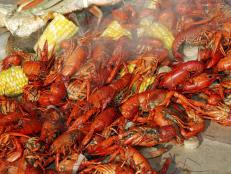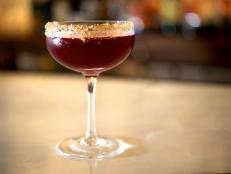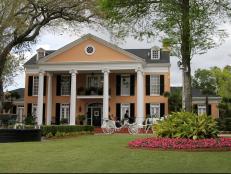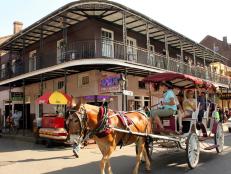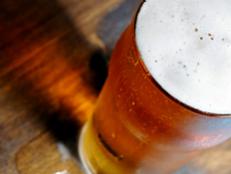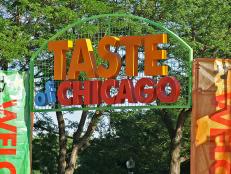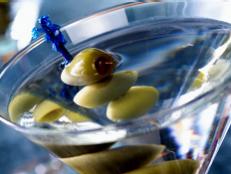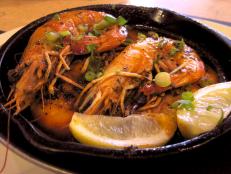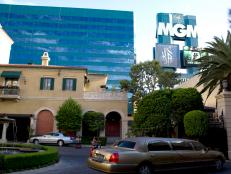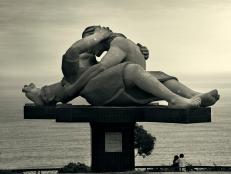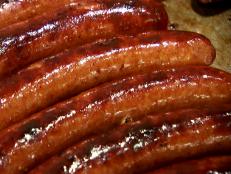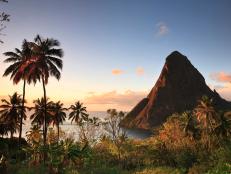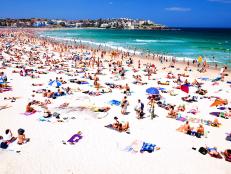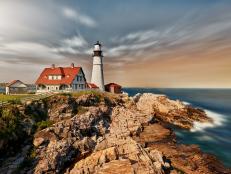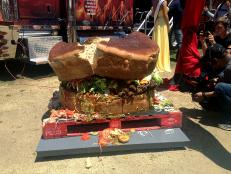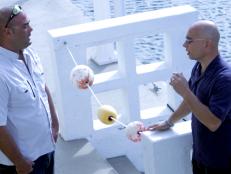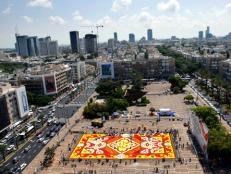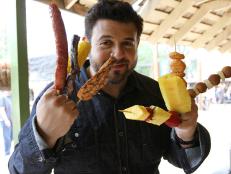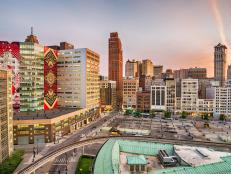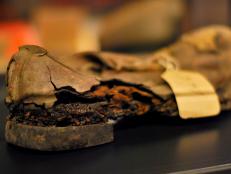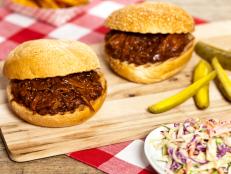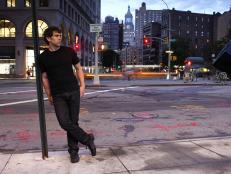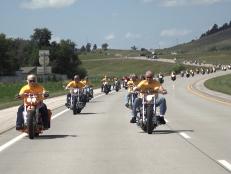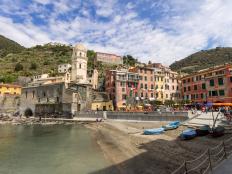Explore New Orleans Beyond the French Quarter
Take a deep dive into the Crescent City by leaving Bourbon Street behind.

Joe Sills

An abandoned defense facility loomed over our empty bottle of wine—some Cold War relic long forgotten on a Bywater canal. This was the real New Orleans. Far from the tourist throngs on Bourbon Street and the beignet-stuffed travelers at Jackson Square, I’d found myself in the shadow of the past, toasting to new discoveries at a “wine laboratory.”
Bacchanal Wine, the self-described lab at the corner of Chartres Street and Poland Avenue is little more than a backyard filled with tables. Spirit seekers enter through a converted house that doubles as both entryway and wine cellar. Here, for a nominal fee, you can grab a bottle from the hundreds that line the room and swipe a table out back. As with nearly every corner in New Orleans, live music will greet you as you plot a course through the city that few travelers trouble to take.
These are the highlights to mark on your own route.
Get Lost in the Bywater

Joe Sills
Bourbon Street is iconic, but for a real taste of the modern Big Easy, you’ve got to venture out of the French Quarter and into neighborhoods like the Bywater. Bordered by the Mississippi River and an industrial canal, this small section of the Ninth Ward escaped major flooding during Hurricane Katrina. The Bywater is a gritty neighborhood where modern enterprises like Bacchanal blend with decades-old dive bars like Vaughan’s Lounge.
Pop a cork or two at Bacchanal, then make a short walk over to Vaughan’s Lounge on the corner of Dauphine and Lesseps. Vaughan's is the kind of place where wine comes in two flavors: red or white. A glass of the house’s finest will cost you a five spot, and you’ll want to order several in order to soak in war stories from the staff.

Joe Sills
Skip the frills here. You might have to knock first, but if you’re polite, you’ll soon learn of the days when Keith Richards loitered in a forgotten V.I.P. room in the back, or hear talk of the real reason why Kermit Ruffins quit playing his weekly gig at Vaughan’s after a lifetime on stage.
Vaughan's is rumored to still serve up a mean bowl of red beans and rice, and you’ll want to grab some before heading over to Bywater’s biggest surprise—Studio BE.
A 15-minute walk from Vaughan’s will take you to Studio BE, a place that every visitor to New Orleans should see. You’re going to be hard-pressed to find a more relevant example of the city’s soul than Studio BE. Here, local artists have filled a warehouse with incredible interpretations of the city’s social, political and civil rights movements.

Joe Sills
If you’re lucky enough to be in the Bywater on a Wednesday-Saturday, do yourself a favor and redefine your idea of New Orleans at Studio BE, then cap the day off with a taste of Chinese-Southern fusion food at Red’s Chinese around the corner. Craw rangoon, anyone?
Trade French Quarter for French Truck

Joe Sills
Founded in a laundry room six years ago, French Truck Coffee has exploded into the Crescent City’s culture by redefining the local coffee scene. Led by the company’s flagship brew, an iced milk and sugar coffee drink served over crunchy ice, French Truck quickly outgrew its laundry room roots and opened three standalone locations. These are easily distinguishable by the vintage, French 2CV trucks that can be seen loitering around their properties when they aren’t being used for local deliveries.
“We started with one little yellow truck,” says company founder Geoffrey Meeker. “We would take a crawfish pot full of water and do pour overs all day at the farmer’s market. Pretty soon, it wasn’t an option not to add locations.”
The NOLA pairs well with an early start and a waffle sandwich (mind-blowing).
French Truck Coffee can be found on Magazine, Chartres and Dryades Streets, but they aren’t the only innovative coffee shop in town. Meeker recommends Cherry Espresso Bar and Congregation Coffee Roasters as other innovative coffee shops in the Big Easy.
Make Room for Mid-City

Joe Sills
Mid-City is an easy escape from the French Quarter via street car. Best known to outsiders as the annual home of Jazz Fest each spring, Mid-City’s lively streets are worthy of a visit any time of year. The largest green space in New Orleans, City Park, is located in the heart of Mid-City, and its oak-lined sidewalks are surrounded by eateries and entertainment.
For an authentic local diner experience, visit Liuzza’s by the Track where top-notch Bloody Mary’s come in plastic cups, and po boys overflow with a smoldering volcano of shrimp. Sample a smattering of smoked meats at Toups Meatery, or head over to Mopho for a taste of Iron Chef-inspired pho. Then, make the short walk over to City Park for a round of mini-golf, a paddle around Big Lake or an afternoon bike ride under the oaks.
Unlock Local Nightlife in Uptown

Joe Sills
The alleys of Uptown have long been a favorite for New Orleans locals and frequent visitors alike. Uptown offers a bar for every mood, and most can be found along the walkable corridors of Magazine Street. The Balcony and The Bulldog are go-to neighborhood bars for local college kids, service industry employees and travelers looking for a cheap drink.
Several blocks west, the mere mention of another Uptown stable— Ms. Mae’s—will draw a raised eyebrow from locals. Ms. Mae’s is home to the 24-hour challenge, which dares patrons to drink one beverage per hour for an entire day. According to local lore, few have ever completed the challenge, though many a bar fight has begun during the competition.
It’s hard to find a bad meal in New Orleans, but standouts along Magazine Street include Mahony’s for gumbo, po boys and catfish; Pho Noi Viet for Big Easy-style Vietnamese; and District Donut for ludicrously delicious pastries that change daily. Magazine Street is also littered with galleries, antique stores and boutiques that make it an excellent area to stroll day or night.
New Orleans is a city that’s ripe for exploration. In the Big Easy, culture oozes out of every shutter, and some of the town’s best-kept secrets are found far beyond the bounds of Bourbon Street—even, at times, in places that are long forgotten.

